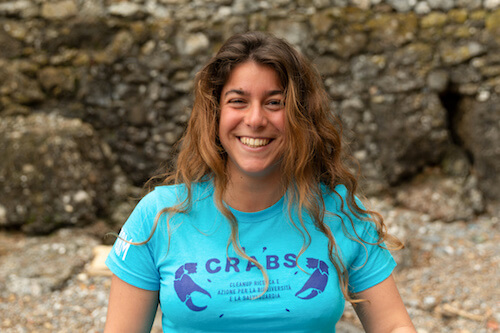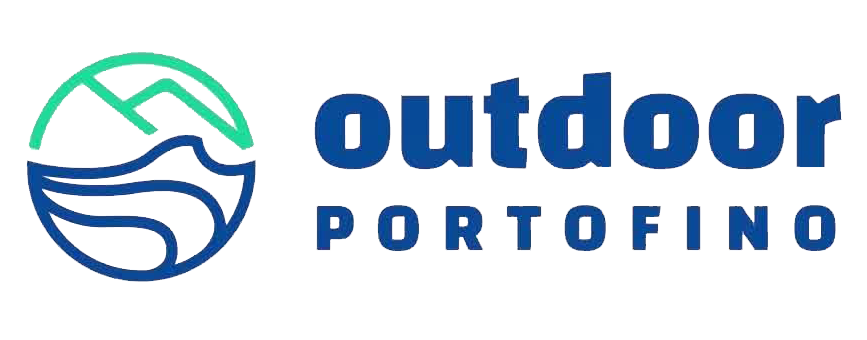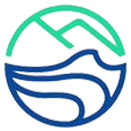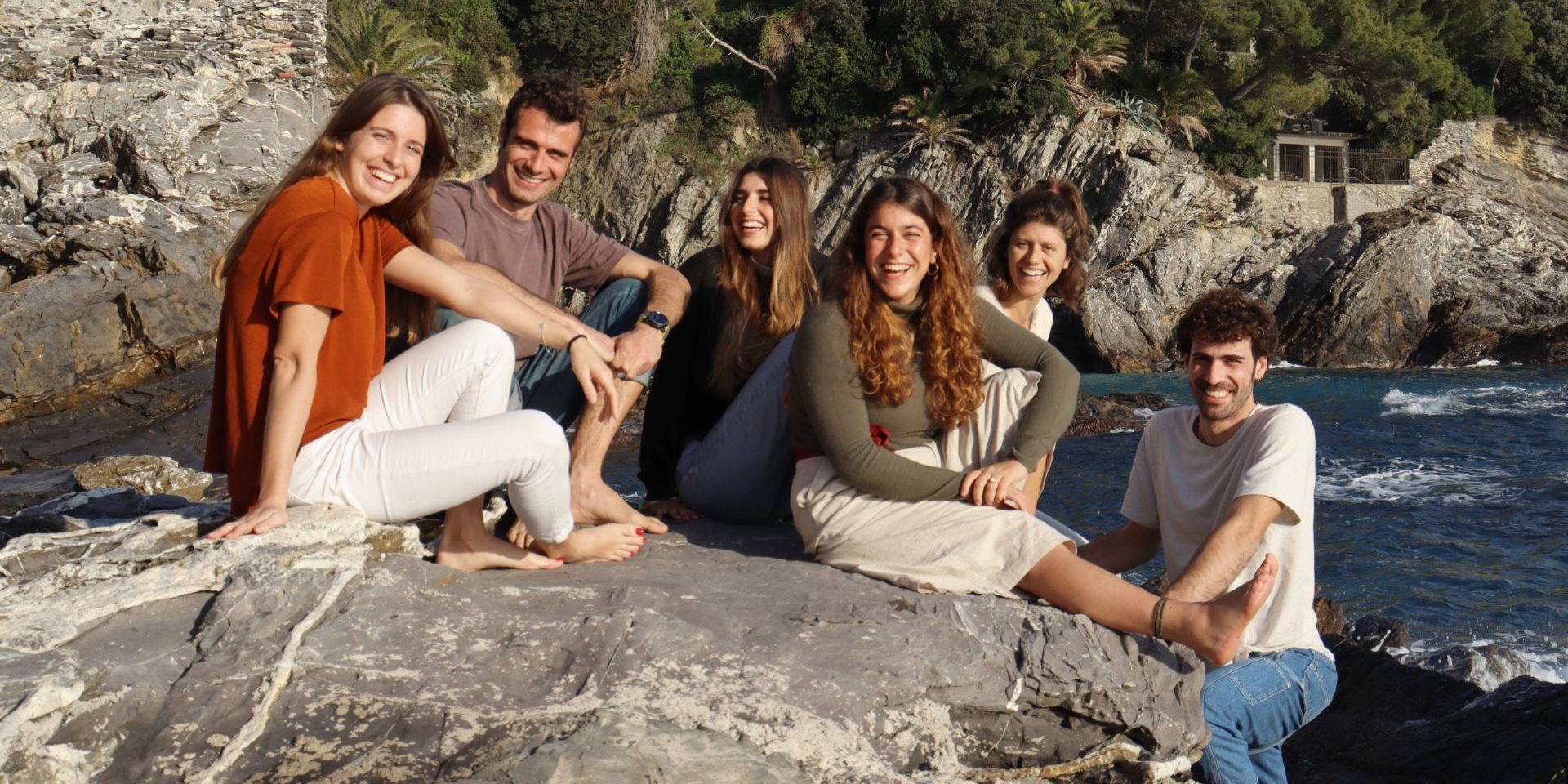Marine Citizen Science: how to and why is it important
How can watersports be helpful to conserving the marine environment?
One thing is for sure – the sea is very big. It covers 71% of our planet’s surface and is 10.9 km deep in some parts, yet only less than 10% has been explored. The sea is immense, deep and mysterious. And it is exactly because it is so extensive and because we know so little about it that it is so hard to protect – how can we protect something that we know so little of?
In order to set up protected areas where nature can regenerate, scientists do dives, looking for fragile and vulnerable places that extremely rich in biodiversity, they sieve the sea searching for microplastics to discover the pollution levels in a particular stretch of water, and they depart on long and repeated ocean missions in order to measure the sea’s temperature. A work as necessary as it is immense for the scientific community, which counts for just 0.1% of the world’s population (UNESCO, 2007).
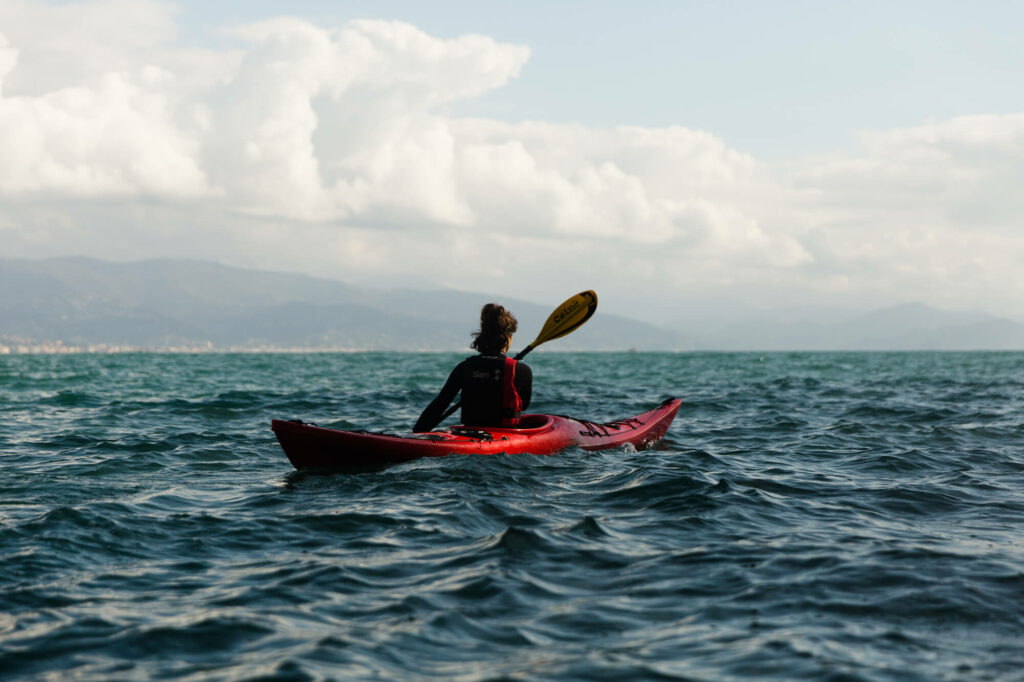
The sea is immense, deep and mysterious and the scientists are few and far between (often with very limited spending power).
But the vastness of the sea has warmed the hearts of many curious folk as well as explorers and sportspeople through the course of history, who, in order to discover, live and move around on it have used all sorts of ways: there are those who use their own body, sliding through the water; those who harness the force of the wind, using engineering works of all kinds; and those who paddle, with something to float on. For many the sea is a fun park, where you can enjoy moments without limits of time, a training field, yet a crisscrossing of main roads: justin the USA, more than 21,7 million people practice sea paddle sports (Outdoor Industry, 2015).
The watersports community represents in fact a potential fleet of sea enthusiasts, all ready to collect data for its research and conservation, acting as those multiple eyes and hands that the scientists don’t have, all with a limited budget.
Citizen science: what is it exactly?
This way of collecting data using non professionals is called “citizen science”. Even though the term was coined only recently (Oxford English Dictionary in 2014), it isn’t a new phenomenon but can be traced back to before the professionalisation of science – Charles Darwin himself (1809-1888) wasn’t a professional scientist but an enthusiastic amateur! The first real citizen science project was identified at the start of the 20th century, when an american non-profit organisation (the National Audubon Society) organised a Christmas bird watching event, in order to monitor the quantity and different species of birds in a selected area, where the guests were invited to count the feathered friends that they encountered.
Today citizen science projects are extremely numerous throughout the globe (waiting to be discovered on platforms like Sci Starter and Zooniverse), covering every sort of natural environment, from the depths of the oceans to the Milky Way.
Angelo mounts the collecting jar of the mini-manta for microplastics sampling during a monitoring session together with the CRABS team and CNR IAS. Photo by Tommaso Orlandi
How to conduct citizen science in the marine environment
Despite being less popular than its terrestrial counterpart, citizen science in the marine environment is an ever more recognized data collection method for exploring such a vast and deep environment. With some specific training and the right tools, a swim training session, a sunset paddle, a couple of tacks on a sailboat or a fun dive can become true scientific expeditions for sampling and monitoring (Earp & Liconti 2019).
There are many different ways to help the scientific community during our favourite sports activities, to suit all tastes!
Let’s see just a selection:
- by dragging tiny research nets behind your kayak, sampling microplastics (Micro Plastic Hunters Project)
- by signalling the flora and fauna met during an sea excursion via the iNaturalist App
- by monitoring the animals met whilst flipping around with a snorkel (Reef Check Italia) or monitoring the fish species that are indicative of climate change (MPA engage)
Why it’s important to engage in citizen science
The recent popularity of citizen science has brought the Mission Board for Healthy Oceans, Seas, Coastal and Inland Waters to propose to the European Commission that 20% of marine data be supplied from citizen science projects by 2025 (Mission Starfish 2030). In fact the data collected is numerous, accurate and above all on a wide geographic and time scale, essential for supporting not only research, but above all legislation and conservation activities in the marine environment. In the UK, the data collected only from the diving citizen science project Seasearch contributed to the creation of 35 Marine Conservation Zones!
In particular, watersports are mainly practiced on the coast, a place that is often excluded from research campaigns, and has a greater complexity in terms of protection. For example, monitoring coastal biodiversity allows us to evaluate the state of conservation of a protected area, how non-native and invasive species are spreading and also the state of health of a vulnerable area so as to be sure as to act in time.
The more abundant the data, the more accurate the environmental policies will be, especially in times of climate change. In fact the environmental deadlines that give us numbers – like maintaining the temperature rise within one and half degrees (Paris Convention) – are suggested thanks to a series of data, some of which we may have even collected ourselves.
In particular, oceanographic data is used to make more reliable meteorological models upon which the programming of open air activities like sports and tourist activities are based (but also other activities linked to the blue economy, like fishing and transport), indirectly also helping to support the local economy (Emodnet, 2020). In this way, the data collected during sports become useful too for the planning of sports activities.
An extract of a poster presented at the EMODnet Open Conference in June 2021.
Understanding the sea: how the oceans influence the human being (and vice versa)
But citizen science in the marine environment is not just a tool for collecting data: by actively involving people in research and making them part of marine conservation, this practice also supports a progressive ‘literacy’ towards the Ocean, promoting so called Ocean Literacy. Knowing the state, importance and problems of the sea, living it and helping it in the field turns citizen scientists into ambassadors, aware of the influence of the sea on our lives and our influence on the sea.
And the more one knows the sea, the more public support there will be for environmental policies and actions that protect the marine environment, often limited in their success by misinformation. Ocean Literacy in fact is one of the fundamental principles of the United Nations Decade of Ocean Science for Sustainable Development inaugurated in 2021, which aims to mobilize the scientific community, governments, the private sector and civic society around a common program of research and technological innovation for the sea.
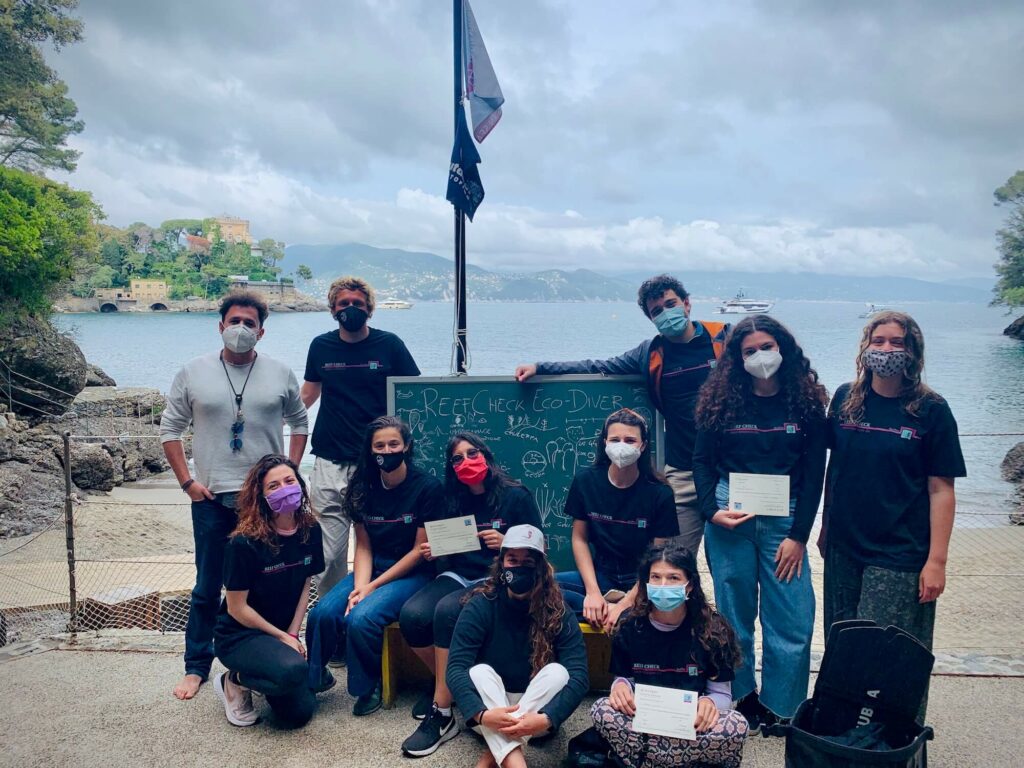
Our citizen science projects
Through our scientific projects we would like to truly develop, create and promote citizen science activities that put the sporting community at the service of marine research and conservation, to live, know and help the sea more. We believe strongly that sport can be a vehicle of discovery and protection of our seas, caring for our health and that of the Planet. In this way the sea experience merges with its protection, and tourism and sport become economical and innovative ways of promoting environmental research and education.
Recently we have formed a group of young outdoor sports experts in the CRABS project, who are taking part in monitoring activities, mainly checking macro- and micro- plastic in the Portofino Protected Marine Area. If large research boats transport behind them “Manta Trawls”, large fine nets that sieve the seas looking for microplastics, us outdoor citizen scientists drag “Mini-mantas” behind our canoes, a miniature version. Within the Micro Plastic Hunters project, together with CNR IAS, the Auxiliary Coast Guard, Lega Navale and Marevivo, the CRABS team is testing the mantas with the dream of a shared protocol and of a network between scientists and kayakers for monitoring coastal microplastics. Even if that’s just below the water’s surface.
What you can do and what we can do together
And this is where you come in: imagine a dating site, but instead of young people looking for company, think scientists looking for data and sea lovers available to collect them. Perhaps you’re a sportsperson who wants to give a sense to your recreational activity, an active tourist who wants to have a new and different experience, or a research group who wouldn’t mind lending a hand, or again a citizen science project on the lookout for participants. Write to us, tell us about it, let’s start networking together!
Consider us to be a meeting point between science and the outdoors world, where we cooperate with each other. In the end, it is the sea itself that teaches us that cooperation is essential – there everything is interconnected and each living thing works to support the well-being of the other and of the entire ecosystem. So we too can give each other a hand – there’s a sea of work to be done.
The seas are immense, deep and mysterious and the scientists are few and far between. But the community of people who live in it and love it every day is numerous and really want to help out.
Paddle, swim, sail, dive and flip along with us for marine conservation!
